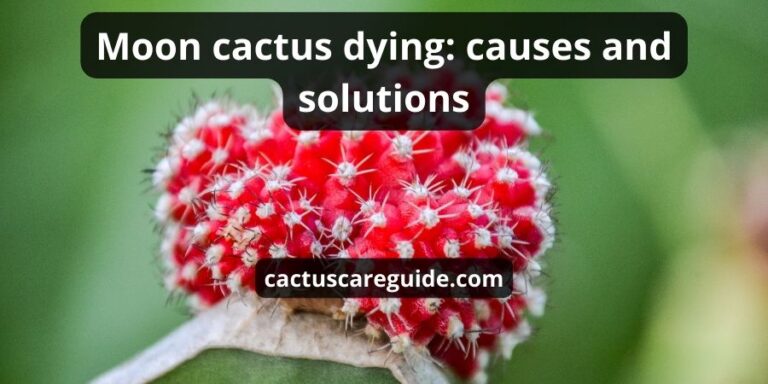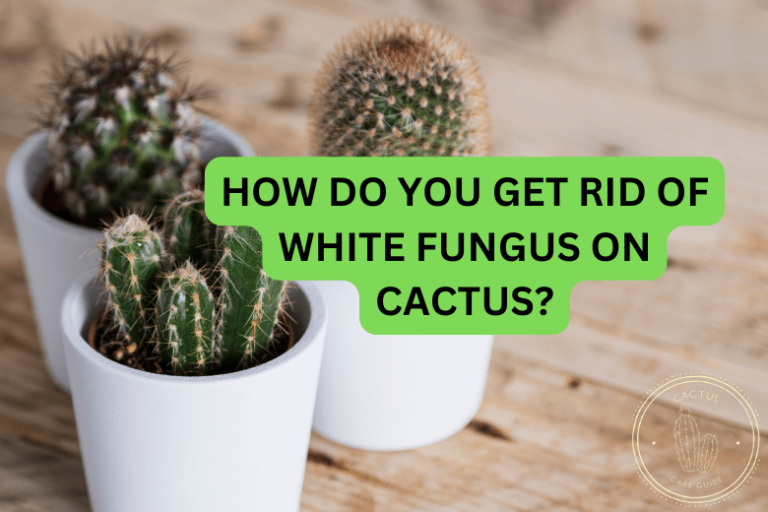Why is my cactus squishy: means to help your potted plants
Why is my cactus squishy? Cactus plants are known for their rigid sharp look, with spikes pointing out like a sharp knife.
But wait… Is your cactus not like that? Squishy, and going soft… That’s not a good sign for sure.
Lucky for you this article will help improve your cactus plant. You’ll see a few reasons why squishy cactus appear, and how to treat them.
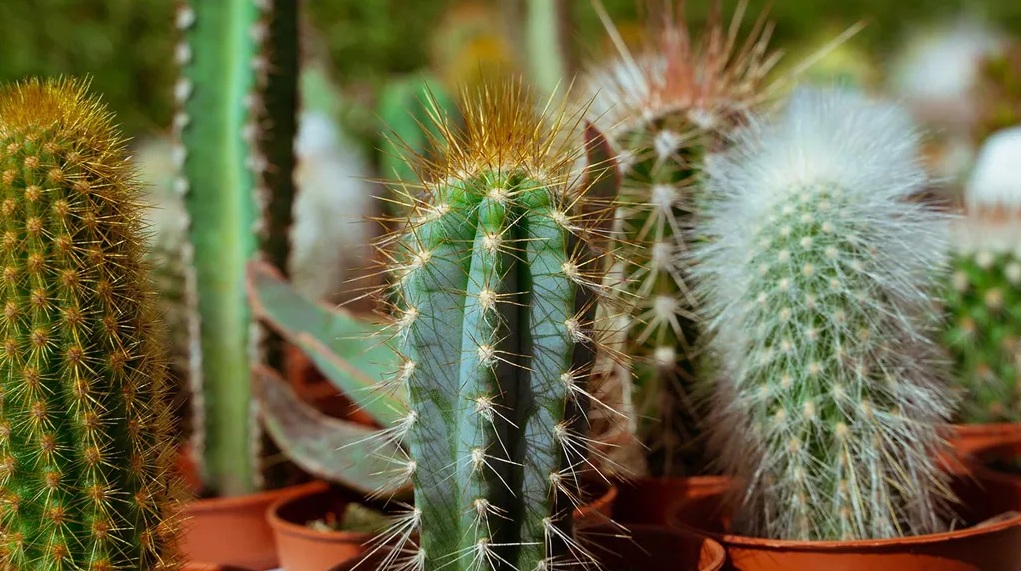
Why is my cactus squishy?
A squishy state is a sign of a problem, rather than the problem itself.
Common causes for this sick state are:
- Overwatering
- Fungal & bacterial problems
- Injury
- Poor drainage
- Root rot
Let’s examine each problem and see what we can do about a mushy cactus plant.
Overwatered cactus plants
Excess water is harmful to cacti. After all, they are desert plants, and they are not accustomed to high humidity. Over-watering is an underlying cause for softness and other cacti problems.
These plants can store large amounts of water, and excess moisture is sucked in.
In the beginning, overwatered cacti show signs of health and happiness. They may plump up and put out new growth.
Underground, however, the roots are suffering, rotting away in swamp-like soil.
Key signs of over-watering include browning or blackening of leaves, stems, or base of the plant, mushy or leaking plants, and rotting.
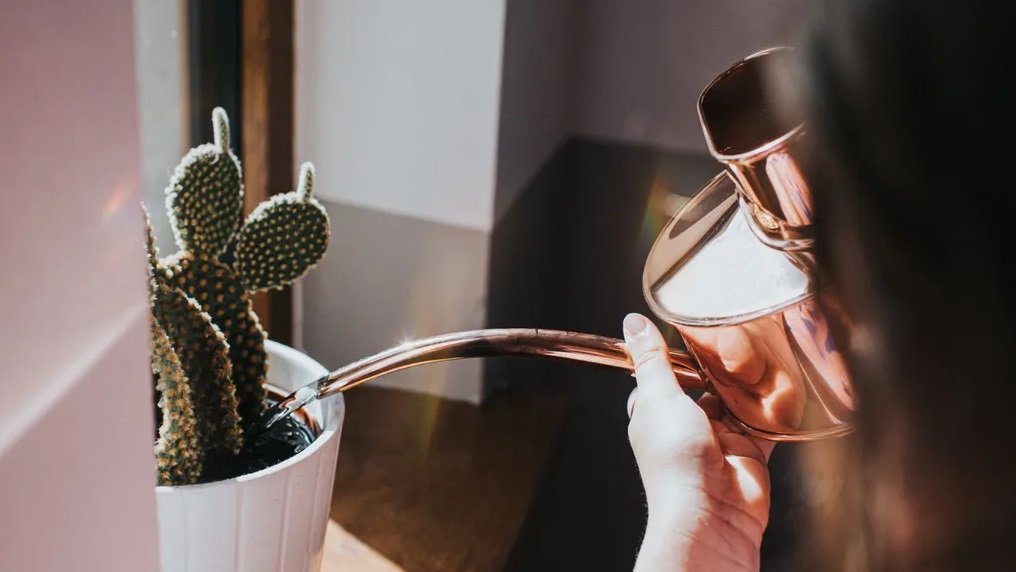
Fungal diseases
Cacti are susceptible to bacterial diseases and fungi. The worst thing is that they might be attacking your cactus without your notice because they target roots first.
When you see the mold, it’s usually too late. The fungi will eventually kill the house plant.
Opuntias suffer from harmful fungi the most often.
Fungal lesions usually start as water spots or discolorations on cacti or succulents’ surfaces. They take many shapes, though most are rounded. Many are discolored, but the tones can range from yellow to brown and black.
These spots may ooze brown, rusty, or black fluid, indicating severe infection.
How do cacti or succulents become infected?
Outdoor cactus can come in contact with fungal spores in various ways.
Spores may be blown in from the wind, in soil, or contracted from splashing water. High humidity with warm temperatures promotes the growth of fungal and bacterial diseases.
Soil is another contributing factor. Many soils harbor fungal spores, persisting for years until the right conditions occur. Even purchased potting soil may be contaminated with fungal spores.
Also Helpful: How Do You Get Rid of White Fungus On Cactus
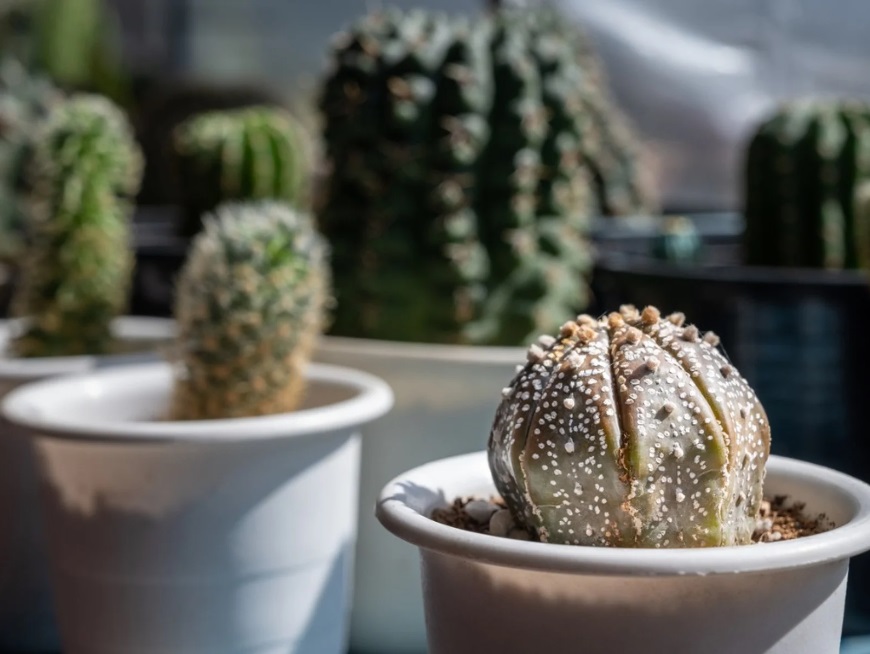
Untreated injuries
An open wound is a gateway for the fungal disease mentioned above. Open wounds are usually accentuated with soft spots on the succulents’ surface.
Just like with other plants and living beings in general, untouched wounds lead to rotting and eventually killing the poor plant.
Poor drainage
Let’s say you don’t overwater the plant. The watering frequency is low. But the plant is still soft.
That’s because of poor drainage. Even if there’s little water, it is not absorbed properly.
Root rot
Symptoms of a rotting cactus include yellowish mushy or discolored roots and a foul smell. When rot sets in, it can quickly spread to other parts of the plant, causing irreparable damage.
The most common cause of root rot is poor air circulation and excessive humidity.
Cactus rotting may also appear due to the aforementioned factors like a damaged part, diseases, or inability to drain properly the cactus roots.
Can a rotting cactus be saved?
As long as the entire plant hasn’t rotted, there might be a chance.
In rare cases, only a tiny part of a cactus can be salvaged, and after some years the plant grows back all fine.
Let’s observe ways to treat cacti and prevent such diseases.
Also Check Out: How Do You Know If a Cactus is Dead
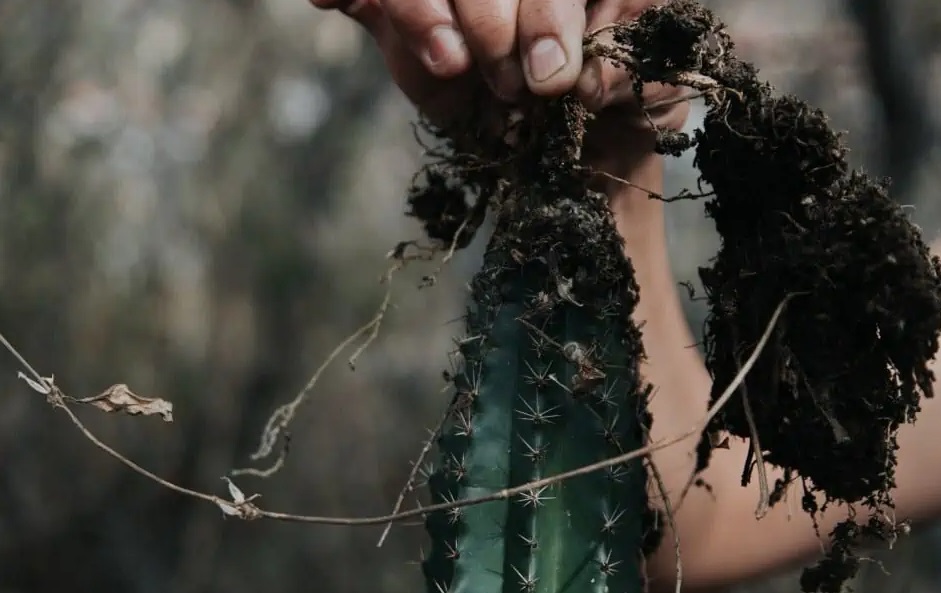
Treatment and prevention: overwatering
Here’s the rule of thumb. When the outside “skin” starts shriveling, it’s time to water.
Cacti can be watered once a week and it will be all fine. They fare better in a drought than in excess water.
Treatment and prevention: fungal diseases
You can get rid of mold by sprinkling fungicide or special solutions to get rid of mold.
If you have the whole colony of cacti, you better replant the unhealthy one in a new pot. Somewhere away from a healthy specimen.
Treatment and prevention: injuries
Gladly a cactus has regenerative properties and can heal itself with time. The most important thing is to regularly inspect the plant for infection and get rid of dead matter.
Sometimes you buy a cactus with injuries of unknown injuries. Then inspect them with special care, as there might be scale insects, pests you’ll need to eliminate.
Treatment and prevention: bad drainage
If you want to improve drainage for your cacti, then plant them higher than the surrounding soil.
Another good idea would be to use a special potting mix for soil. Such mixes usually provide well-draining soil. Cactus soil mix, specifically designed for these plants, is likely the best pick.
Buying a larger pot with drainage holes will also help much. If you are dedicated, you may buy a soil moisture meter. This way you can assess how dry or wet the soil is.

Treatment and prevention: root rot
Root rot is very dangerous. You have to repot the cactus quickly to save healthy roots.
Let’s observe how to do it in easy-to-follow steps.
Step one: take out the cactus
Remove the cactus from its container. Make sure to leave the soil dry before replanting. It makes removing it easier.
You’ll smell the stench of rot as soon as you take out the cactus. The rotted roots are black, slimy, and smell vile.
Step two: remove the dead parts
Cut away the rotten roots until there are only white healthy parts left.
Then, if the rot spreads to the stem part, you should cut them too, even if it means you’ll have a tiny part of the stem left. With regeneration, it will regrow to its former glory.
It’s good to sprinkle fungicide on the cactus to prevent the weak plant from becoming ill.
Step three: repotting
Plant the newly-cut cactus in well-draining soil with good air circulation.
During the first days, you should be especially cautious around the plant, as it’s still weak and susceptible to pests and diseases.
Recommended to Check Out: Best Pots For Cactus
Dealing with Christmas cacti
Christmas cacti are known for their beautiful blooming right on Christmas. As a significant number of people own them, let’s talk about them a bit.
Christmas cacti have similar demands, similar to desert cacti. They are also better watered when the plant looks very dry.
Excessive watering leads to rotting, diseases, and Christmas cacti going soft. Just like with most other cacti.
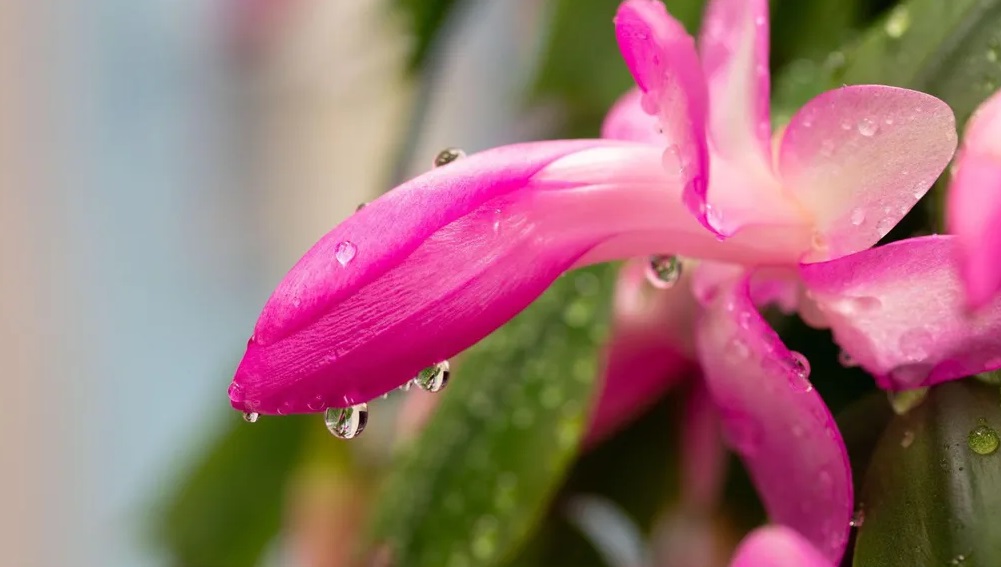
FAQ
Still, have some questions about cacti, like “Why is my cactus squishy”? Let’s decide.
How do you fix a squishy cactus?
You can fix a squishy cactus by replanting it into dry fresh soil and cutting down the diseased parts.
Why is my cactus soft and limp?
As stated before, the common causes for cacti going soft are overwatering, fungal & bacterial problems, injury, poor drainage, and rotting rots.
The underlying cause of most of these problems is too much water in the soil.
What does an overwatered cactus look like?
Such cactus often exhibits signs like:
– Swollen or mushy appearance. The cactus may appear swollen as the excess water causes the plant cells to expand.
– Pale or yellowing color: The cactus may display a pale or yellowish hue instead of its usual vibrant green color. This is due to nutrient deficiencies.
– Soft or squishy stems. This is a result of the plant tissues becoming waterlogged and losing their structural integrity.
– Mold or fungus growth. Usually happens in the worst cases. Excess moisture can create a favorable environment for mold or fungus growth.
How do you know if your cactus has root rot?
It’s fairly easy to notice. The cactus going soft is a sign of rotting.
In the worst cases, you can see and smell the rot, especially when you dig the plant out. Visual signs include yellowing, wilting, and fungi spots.
Conclusion
Hopefully, now you’ll find a way to deal with your soft house plant.
Remember, keep your cactus fairly dry and cut away the sick parts when you see them.

Greetings, dear succulent lovers! I’m Jennifer West and I’m happy to share with you practical tips and guides on growing and caring for succulents, as well as all the magical facts about these unique plants. Grateful to have you on this green journey with me! Check out more about our team here.






